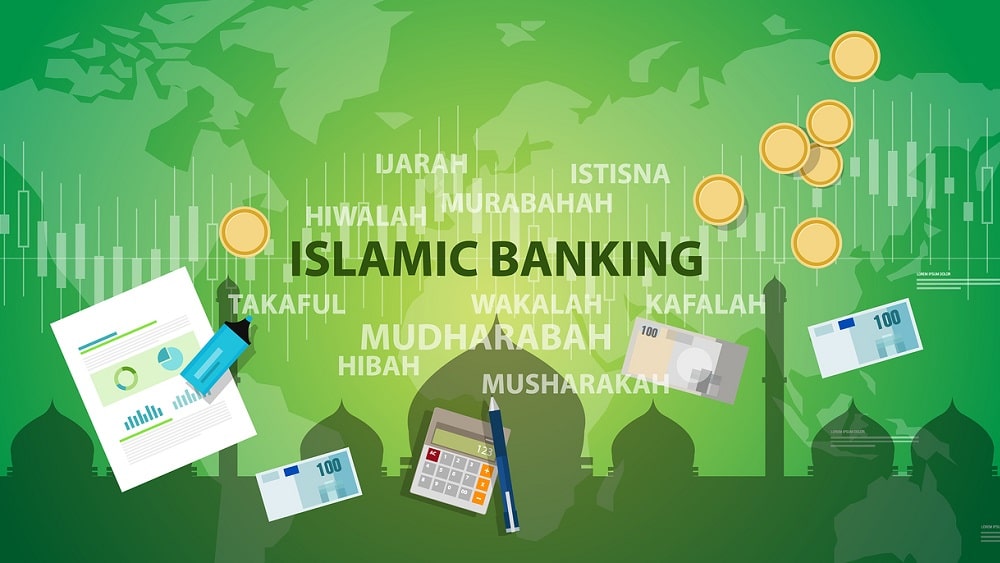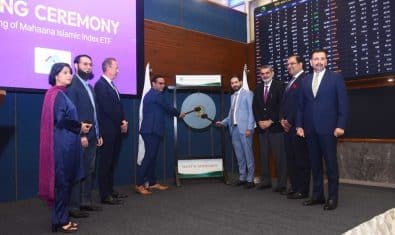The Islamic banking industry is growing by leaps and bounds in Pakistan in terms of assets, deposits, and customers but its market penetration is limited to cities. 40 percent of their branches are operating in only two cities of Pakistan.
According to State Bank of Pakistan (SBP), out of 2,913 branches in 113 different cities, 1,149 branches are operating in two cities—Karachi and Lahore, the capitals of the two provinces with the highest population density in the country.
Karachi, the commercial capital of the country, has the highest number of branches (679), followed by Lahore with 470 branches of different banks.
Islamic banks’ operations and reach in these cities is quite active as customers are not only switching to Islamic banking from conventional banks, new customers have started using banking services and products due to increasing awareness and trust on Sharia-based financial laws and the banking system.
Islamabad has the third-largest network of branches in the country with 149 branches of different banks. The branch network in the federal capital is bigger than the network in Balochistan (116), Azad Kashmir (42), FATA (11) and Gilgit-Baltistan (9).
Islamabad is followed by Rawalpindi, Faislabad, and Peshawar with 143, 109 and 98 branches respectively. Out of 113 cities, 11 cities have only one branch of Islamic banks. More than 50 cities have less than 10 branches.
In spite of poor presence in small cities, Islamic Banking Industry (IBI) is increasing its market in major cities as its assets and deposits surged to over Rs. 2 trillion.
The cities with a high concentration of branches have higher competition among banks, resulting in competitive products and quality of services. On the contrary, cities with lesser branches are lacking in the quality of service.
The central bank should come up with a policy to regulate the expansion of branches throughout the country, particularly Islamic banks, considering them a growth engine for increasing financial inclusion. It should also support the banks by providing capacity-building workshops for aspiring and experienced bankers and students.
Islamic banking industry comprises of 5 full-fledged Islamic banks and 17 Islamic banking windows of conventional banks, totaling 22 different options for the public with 2,913 branches in 13 cities.
The industry posted a profit-before-tax growth of over 110 percent in the first six months of 2019 compared with last year. Its asset size increased to nearly Rs. 3 trillion and deposits surged to Rs. 2.48 trillion by the end of June 2019.


























